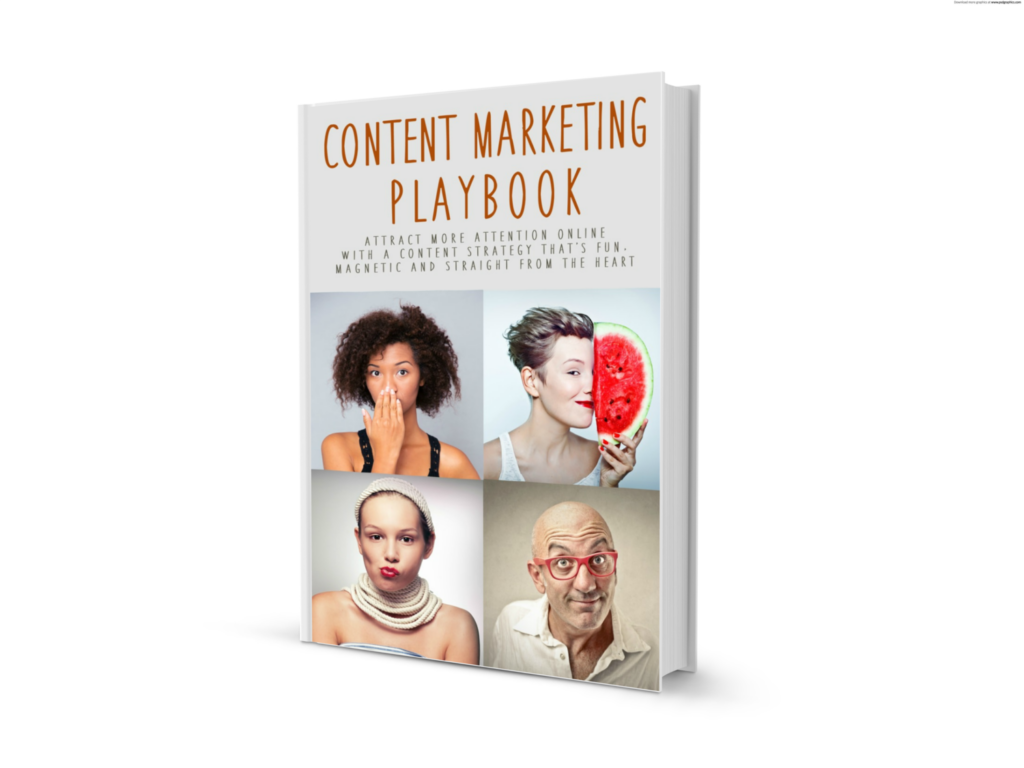Want to make execution of your marketing strategy effective? A playbook is your reference guide for the same. The playbook simplifies your strategy in a way of flowcharts from the complicated decisions.
A playbook brings the advantage of creating the content that can be shared more widely. It is used to generate more of the right kind of content. It leads to optimization of resources as one spends less time and money on the creating the wrong content. It also helps in making the whole marketing team grasp the concept quickly and adapt faster. Playbook leads to faster content creation through testing and learning along the way.
How to create a content marketing playbook? Share on X
Playbooks are used by content marketers to improve their marketing. Before you move on to the next project, the playbook helps you evaluate and reflect on this project. Playbook works on the fundamentals of outlining your plan and assessing the results. A tool that contributes to long-term content marketing.
Why should you use a playbook?

- To demold the complex strategy into a simple checklist.
- Direct the team towards working on the set goals.
- Ensure consistency in content promotion.
- To make decisions quicker.
- Provides you with a detailed historic account of your content marketing initiatives.
- Informative document for planning future campaigns.
- Helps set standards for strategic alignment, team collaborations and plan execution.
- Establishes consistency in marketing tasks.
- Helps sustain content quality over the timeframe.
- Illustrate the content marketing plan for all the stakeholders.
- Gives clarity on the roles and responsibilities of the team members.
To gain the highest benefit from a playbook, it should be structured and well researched.
Content marketers are challenged with the task of converting content into revenue. While their duty is not limited to that only, keeping readers engaged is the main task. Content marketing playbook is their guiding hand on how to produce the content. It involves various aspects such as strategy, ideation, distribution, analysis, execution of content. Follow the information below if you are looking to create a content marketing playbook in the near future.
- Define the strategy
Before you start creating content, set a direction and specify the goals you aim to achieve. Strategies fail when you do not have a sense of direction. Begin with establishing a strategy to create content that defines the brand and provides value to the customers.
Outline answers for:
- Who are you creating the content for?
- What kind of content are you creating?
- Why are you creating this content?
- How will you create the content?
- How will you share the content?
- What do you want to achieve through this content?
- What resources do you have to implement the strategy?
- What happens if this strategy fails? Think of plan B.
Laying out a plan will help you define your outcome. Depending on the strategy you define, your content, channels, and measurement will differ. Having a strategy can help you make informed decisions. You can measure the strategy performance at regular intervals, and make the required improvements.
Before you formulate the strategy, discuss with your team or conduct a brainstorming session. Make sure you are organized, have considered enough ideas and then make a decision. Know that the strategy will converge everyone to accomplish the shared vision statement.
- Do adequate research
The process of ideation can only begin once you have done proper research. With enough knowledge you can produce quality content. With educating yourself, you get equipped with greater ideas and differing perspectives. Look for inspiration, a lot of ideas arise from your surroundings and conversations. It is necessary to gather information on a specific topic before you start creating content on the same.
Research about your customers too. Know what your audience is looking for, and what they want. Sometimes they might read your content with the aim of finding a solution to their problem or they are looking for content to enhance their knowledge. Knowing the purpose of your audience, can help you in developing the strategy and delivering it better. Just knowing who your customers are is not enough for content marketing. Get to know the behaviour of the customer by looking into ‘what’ and ‘why’ of it.
- Create your content
Once you have the set objectives and a well researched framework, it’s time to get to the creation part. Here you need to describe the types of content you will create, how will you create, and the roles and responsibilities of each person.
The brand’s performance is dependent on the kind of content you will create. Specify in detail about the resources needed, the parameters for creating the content, and who is accountable for what to accomplish the goals.
The next part is to define the roles and responsibilities. Include instructions and deliver your expectations from the team members. Specific who will take on the lead and/or be accountable for each task. Outline the workflow process and the standard procedure that needs to be followed. Clear the deadlines for each activity. Communication will minimize the chances of errors occurring in the future.
This chapter in the playbook should be most thoughtful and structured. Create a more shareable content. Maintain the consistency throughout.
- Set the distribution channel
Determine the channels you will use to put out your content. This chapter will specify the way in which you deliver the content. Maximize each medium that you use. Consider the pros and cons before you select the best option.
It includes the promotions for the on-going campaigns. You can promote content on others’ sites to build more audiences. Select the partners who operate in the similar field, because you want to share the target audience.
The purpose of selecting the channel is to ensure higher engagement. Even if you have created great content but have a weak distribution mode, it can prove to be an obstacle in attaining success. From social media to email campaigns, there are plenty of options available. Whichever medium you select, be patient while working with it. It takes time to build a quality audience.
- Use measurement to analyze
For knowing how well you have channelized your efforts and ideas, tracking the success is essential. Use tools to evaluate the campaigns. Know what specifically has led to the increase or decrease in customer engagement and sales eventually. See what alterations will lead to efficient results. Use tracking systems. Define the metrics you will use and state the key performance indicators.
Not knowing the indicators or lack of measurement may result in wastage of resources, efforts and time. See for traffic, engagement rate, retention rate and audience response in real-time. Asking for feedback is necessary. The content should be able to deliver the value.
Many times it will take time to achieve what you aimed for initially. Go for trial and errors. Look what works the best for you. Analysis will show the effectiveness. Being flexible and having clarity are your characteristics for this chapter of the playbook.
- Optimize your content
We want the momentum to continue. Our aim is to fill in the identified gaps. For increased audience engagement sometimes you need to repurpose and improve on the content already created.
Check on the indicators mentioned below to push your limits and efficiently get the content
- Attractiveness of the content. Is the content that you have provided relevant and useful to the target audience?
- Presentation of the content. Check the fonts, design, size, etc. of the published information. These might be the reason for the lack of attention of the readers. Create a more consumable content.
- Search findability. Work on search engine optimization. Make it easier for your audience to find the content using specific keywords, tags, etc.
- Shareability. Make the content easy to share. Readers do not want to go through the hassles or inconvenient processes. Have a user friendly interface that makes the sharing options clearly visible and easily usable by the viewers.
A playbook is used to put information in a practical manner that enables easy access of the content to everyone moving them towards the direction of vision. The process will start with laying out the strategy, understanding your audience, measuring your content and ends with creating a brand value.
Do not stress much. What matters at the end of the day is the process that fits your organization the best. Believe in yourself and mainly in your content. Driving brand awareness will be an easy task if you create a good content marketing playbook.
Recommended Read:
USING EMAIL MARKETING TO CONNECT WITH CUSTOMERS
General FAQs
A playbook is a quick-reference guide to make your marketing strategy useful. 37% of B2B marketers don’t write their strategy down, and most of those that do create hulking decks that are rarely opened.
A playbook provides a repository of information outlining an organization’s clarity. Clarity is initially established by answering the six critical questions in a concise, actionable way, so that they can be used in decision making, communication and planning.
The concepts are very similar but are generally used in different contexts. A Runbook usually refers to computer systems or networks. A Playbook has more of a general business focus.




